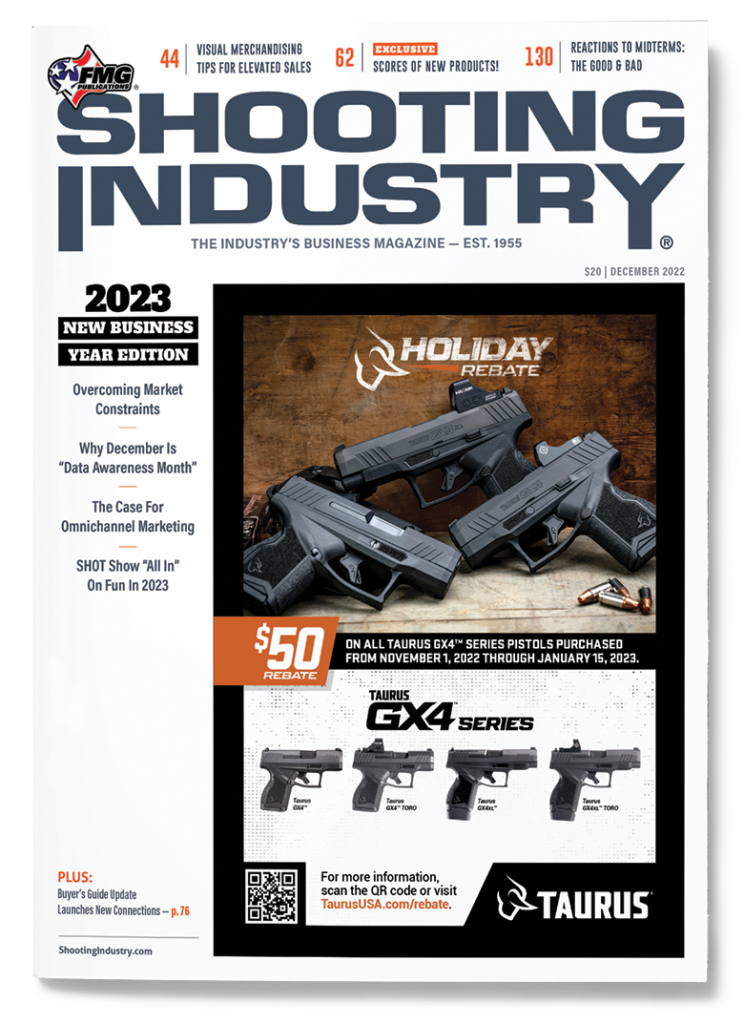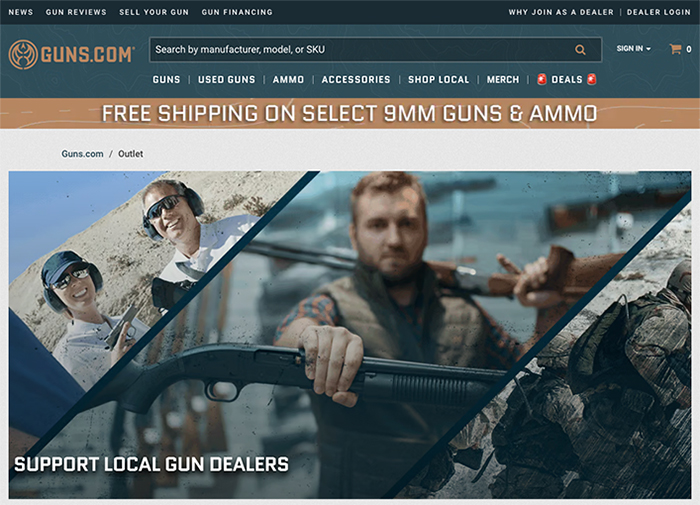Be Omnichannel Marketing Ready
Is Traditional Marketing Dead? What You Need To Know For 2023
We’ve all heard the claims — newspapers and magazines are dying industries, no one watches regular TV anymore, direct mailers are a waste of money … they go straight in the trash. I could go on and on. The simple fact you’re reading this article proves traditional marketing tactics still have a place in your overall marketing strategy.
A few months ago, in the FMG Inside News newsletter (distributed to top marketing personnel at manufacturers, distributors and sales rep groups around the industry), I wrote about the growing importance of omnichannel marketing.
For those unfamiliar, omnichannel marketing is a method where a business promotes its products and services across all channels, devices and platforms using unified messaging, cohesive visuals and consistent collateral. Chances are your business already does this — you may just not have known there was a buzzword for it.
As we look ahead to 2023 — which, by the way, if you haven’t started your marketing plan, what are you waiting for? — one thing is certain. An all-digital or all-traditional marketing strategy won’t be as effective as a combination of both. Here’s why:
An Unexpected Shift
For the past decade, marketers have consistently predicted traditional advertising would continue to decline. According to data from the 28th Edition of The CMO Survey, on average, marketers reported a 1.4% annual decrease in traditional advertising spending between February 2012 and 2022, despite a 7.8% annual increase to their overall marketing budgets during this same period.1
However, recent data suggests a shift. In Aug. 2021 and Feb. 2022, marketers predicted traditional advertising spending would increase by 1.4% and 2.9%, respectively. But with people spending more time on the internet and mobile devices, why are traditional marketing methods here to stay?
Omnichannel marketing is a method where a business promotes its products and services across all channels, devices and platforms using unified messaging, cohesive visuals and consistent collateral.
Cut Through The Noise
As consumers spend more time online, they’re becoming increasingly numb to conventional digital ads. Research from HubSpot, one of the leading customer relationship management (CRM) platforms, found 57% of shoppers disliked ads that played before a video and 43% didn’t even watch them.2
In search of ways to cut through the noise, marketers are finding success with traditional ads. A report from MarketingSherpa found more than half of consumers often or always watch traditional TV ads and read print ads they receive in the mail from companies they’re satisfied with.3
Marketers have reported greater engagement and declining costs associated with these methods — a win, win.
Unmatched Credibility
Traditional marketing methods fall into five major categories: print (magazines, newspapers, etc.), broadcast (TV, radio advertisements, etc.), direct mail (catalogs, postcards, coupons, etc.), telephone (cold calling, telemarketing, SMS marketing, etc.) and outdoor (billboards, flyers, etc.).
Another suspected reason for the uptick in traditional ad spending is consumers’ trust in these formats, due in large part to how long they’ve been around. The same MarketingSherpa survey mentioned in the previous section found the top five most trusted ad formats to drive purchases are all traditional: prints ads (82%), TV ads (80%), direct-mail ads (76%), radio ads (71%) and out-of-home advertising (69%).
The inherent trustworthiness of traditional advertising methods has shown a surprising degree of consumer engagement. For instance, 50% of survey respondents said they read print ads they get in the mail, while 48% read print ads picked up in-store.
The only digital format with similar engagement is email, with half of survey respondents reporting they “often” or “always” subscribe to emails from companies they like.
Despite the positive ROI from traditional methods, the authors of the survey emphasized the importance of combining them with digital strategies to get the most out of your efforts. For example, include a QR code on your direct mailer or target viewers through streaming services as well as traditional TV.
The inherent trustworthiness of traditional advertising methods has shown a surprising degree of consumer engagement.
Not Just For Boomers
Ranges and retailers may be apt to focus most of their resources on digital efforts to attract younger and first-time gun owners. After all, only old folks read magazines and newspapers or watch the evening news on TV, right? Wrong!
The digital revolution began in 1980s with the officially recognized birth of the internet and emergence of commercial internet service providers that soon followed, which also happens to coincide with the start of the millennial generation. When you’ve grown up with technology for all or most of your life, you’re most susceptible to digital fatigue, as evidenced 33% of millennials using ad blockers.4 On the flip side, 62% of millennials said they read print ads instead of discarding them right away.5
With technology like third-party cookie tracking, many users view highly targeted digital advertisements as invasive or creepy. Not to mention, the flashing animations and sounds can be overwhelming.
Unlike digital media, print is a tactile experience that can be slowly digested based on the user’s preference rather than shoved in their face. Plus, people are more likely to remember information they’ve read or seen in print versus online in large part due to the fact print advertisements require 21% less cognitive effort to process than digital.6
We’re not saying you should abandon your digital efforts — quite the opposite actually. But combining traditional advertising, like print, billboards and direct mail with digital ads has proven to be four times more effective than those just employing digital resources to generate consumer engagement.7
All this to say: consider being an omnichannel marketing-forward company in 2023. It will strengthen your brand’s position with customers — giving you an edge over the competition with a narrow focus.






